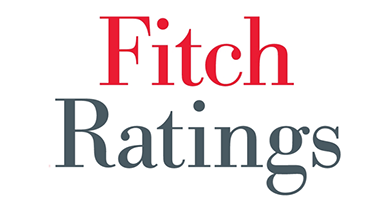Fitch Ratings has released a report that shows how the UK Treasury’s proposed review of the Solvency II (S2) rules could benefit UK insurers by reforming some of its more burdensome aspects and facilitating investment in a wider range of assets.
 The review seeks to address some of the effects of very low interest rates on the sector, but these will remain a significant challenge.
The review seeks to address some of the effects of very low interest rates on the sector, but these will remain a significant challenge.
Under the current S2 rules, insurers’ capital positions are sensitive to falls in interest rates. Low interest rates also generally reduce their profitability through lower spread income, lower fee income on investment products, or lower investment returns earned on invested premiums.
The Treasury this week published a Call for Evidence on S2 as part of the UK review which was originally announced in June.
Fitch Ratings believes the most important element of the review is the intention to reform the risk margin, a provision that insurers are required to hold to over and above the expected cost of claims.
A reformation of the risk margin could make compliance with S2 less onerous from a capital perspective for many insurers, especially those with long duration liabilities.
Similarly, changes to the matching adjustment and capital requirement calculations could reduce the complexity related to regulatory compliance and barriers to investment in long-term growth assets, potentially easing pressure on investment returns.
The Call for Evidence asks for responses by 19 January 2021. This suggests a significant desire by the UK authorities to implement reforms rapidly, possibly as soon as next year although disruption from the coronavirus pandemic could extend this timeframe.
However, the nature and scope of the changes remains to be seen, and will also reflect UK regulators’ aim to maintain robust policyholder protection and promote the financial soundness of UK firms. It is also unclear how far the UK will diverge from the EU’s S2 regime, although this will be influenced by market participants’ perception of the value of retaining equivalence.
The Solvency II regime helped UK insurers weather debt and equity market volatility during the onset of the global coronavirus pandemic. This provided the first macro field test of the regime, and UK insurers were largely able to maintain adequate short-term liquidity and capital ratios in excess of risk-appetite, while avoiding pro-cyclical behaviour, such as selling securities at depressed prices.
This means that the insurance industry should expect some of the fundamental aspects of S2, including the explicit requirement to maintain duration matching of assets and liabilities under the matching adjustment, to continue to support the creditworthiness of UK insurers post-reform.
On an economic basis, UK annuity business is well shielded from interest-rate movements through this close duration matching of long-term insurance liabilities with similarly long-dated bonds.
Although, with some Bank of England policymakers now publicly discussing negative rates, pressures associated with a low interest rate environment will persist.
The rating agency believes that any proposed changes to S2 in the UK should be assessed as a package of measures, rather than judged on individual merits.
It will continue to assess insurers’ capital primarily using our Prism Factor-Based Capital Model, and to use S2 disclosures as supplementary information.


